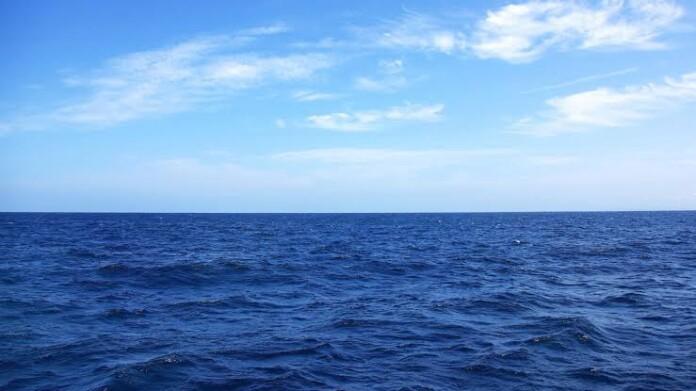Panaji: A group of ocean researchers has revealed that locations like Mumbai, Cape (Kanyakumari), and Goa have the highest abundance of microplastics in the sea, compared to the other places in the Eastern Arabian Sea (EAS).
The scientists from CSIR-National Institute of Oceanography including Priyansha Gupta, Mahua Saha, V. Suneel, Chayanika Rathore , A.V. Chndrasekhararao and C K Junaid and G V M Gupta from Centre for Marine Living Resources and Ecology, Puthuvype, Kochi have published this paper in the scientific journal “Science of the Total environment.”
The study for the first time has narrated the distribution, characterization of microplastics (MPs) and influence of hydrodynamics and risk assessment in the surface sediments of EAS with selected depths.
The researchers have concluded that the North EAS showed maximum MP concentration, followed by Central EAS and South EAS. “Among all distinct locations, Mumbai, Cape (Kanyakumari) and Goa showed the highest abundance of MPs,” the paper reads.
The sampling on the various shores have revealed that fibres and MPs of sizes ranging from 300 micrometer to 5 mm prevailed in all locations along the coasts of EAS, irrespective of the water depths.
“The meteo-oceanographic data showed that the EAS (8-20o N shelf region) is a potential MPs accumulation zone during the summer monsoon (August). Micro-FTIR analysis revealed that Polypropylene, polyisoprene (PIP), butyl rubber and low density polyethylene ( LDPE) are the most detected polymers, which illustrated the probable sources of litter discharges, the fishing industry, and active marine navigation in the EAS region,” the paper reads.
The researchers have said that considering the limited number of MP studies in the IO, findings from the present study contributed novel details regarding the distribution and fate of MPs to fully understand this region’s origins, movements, hydrodynamic settling, and fates of MPs during the summer monsoon.
“Future studies should be performed to evaluate relations among MPs recovered in sediments and their interaction with oil and organic pollutants to better clarify the bioavailability of trophic webs,” the team has suggested.
Detailing about the intent of the study, the paper mentions that despite the omnipresence of microplastics (MPs), the studies around the western continental shelf of Indian Ocean (Eastern Arabian Sea-EAS) are uncovered and understudied. “Thus, the present study was focused on understanding the spatial distribution, characterization and risk assessment of MPs in sediment across seven coastal transects all along the EAS shelf,” it adds.
The widespread use of plastics has led to the dawn of what is now referred to as the “Plasticene Age”, and in the future, scientists may investigate fossilized plastics in the earth’s strata, the researchers have said.



